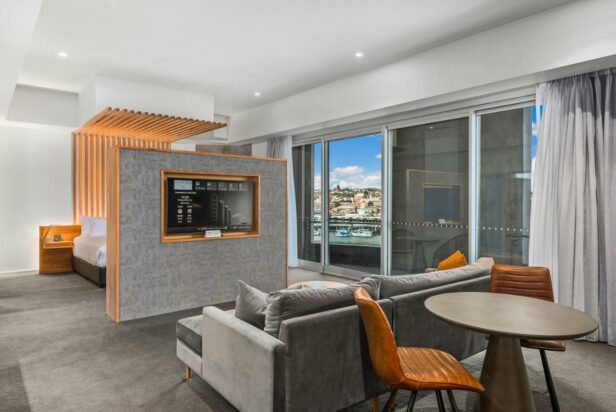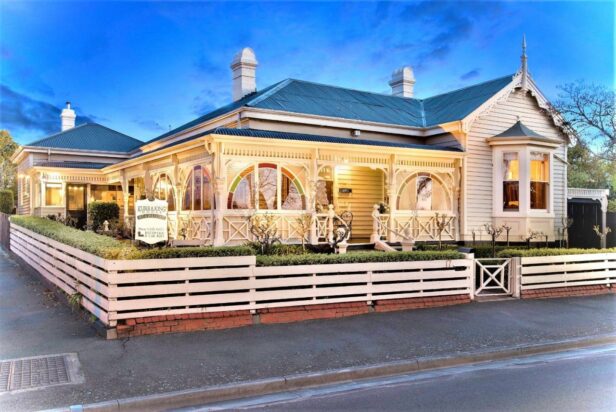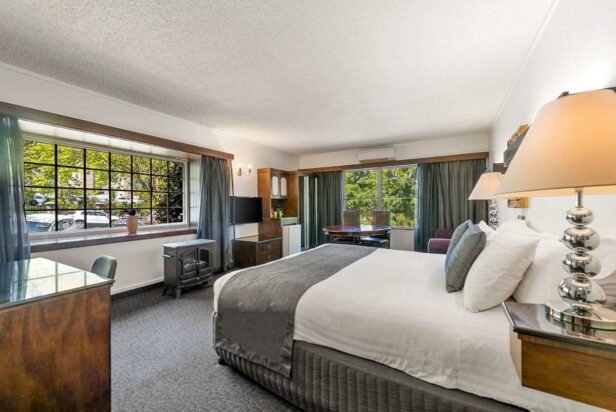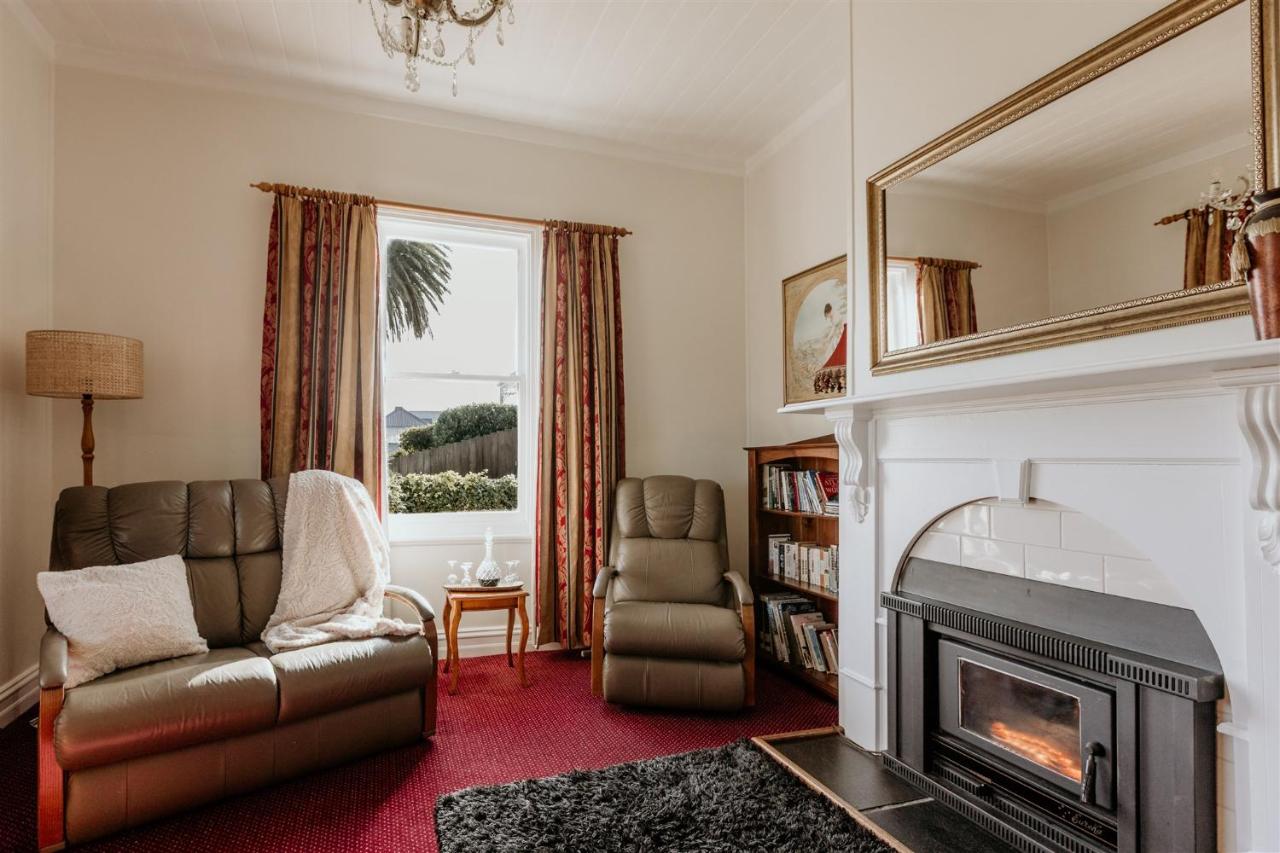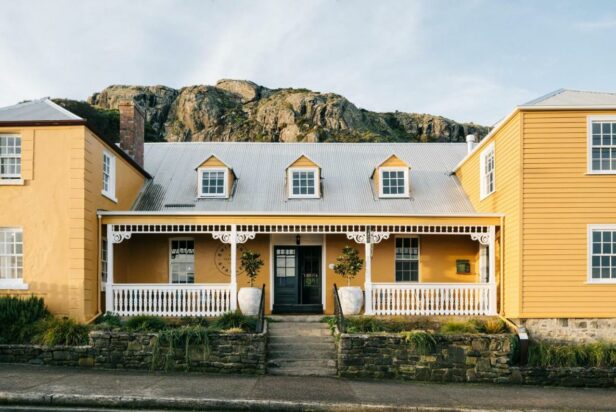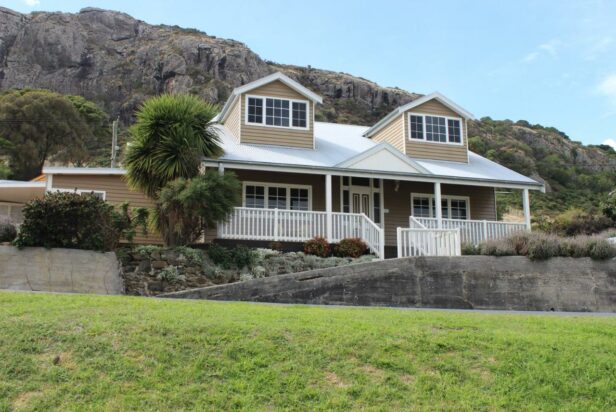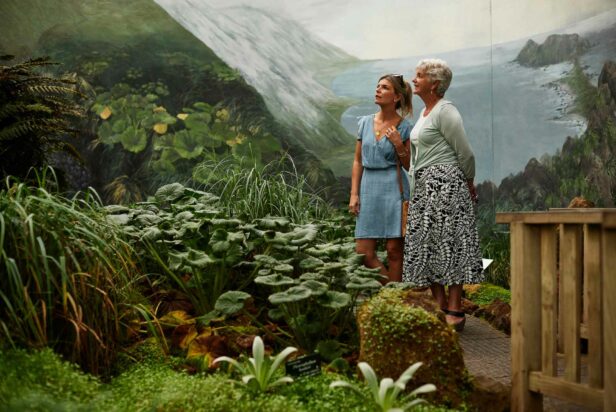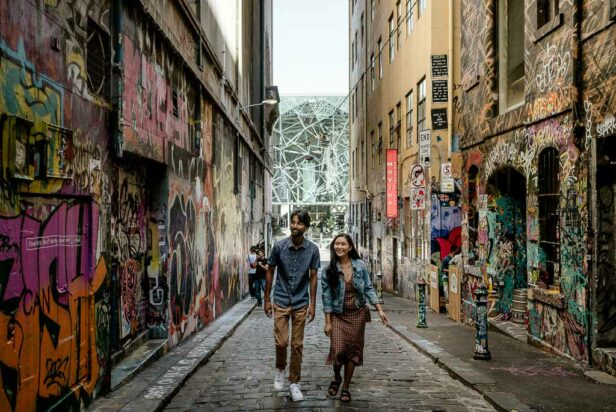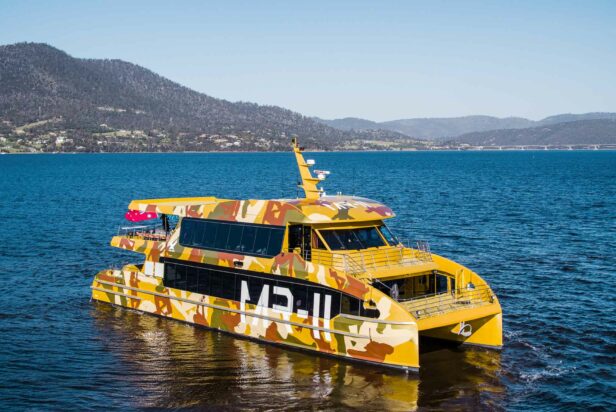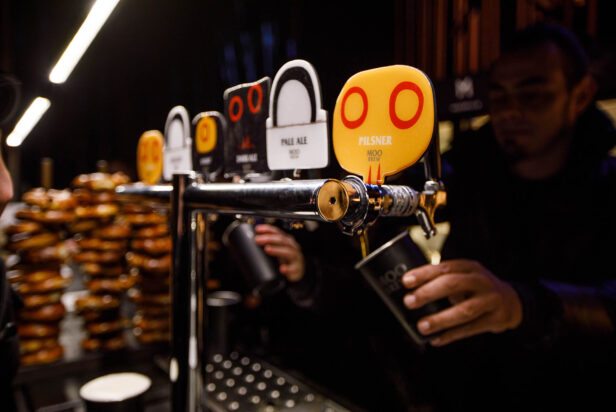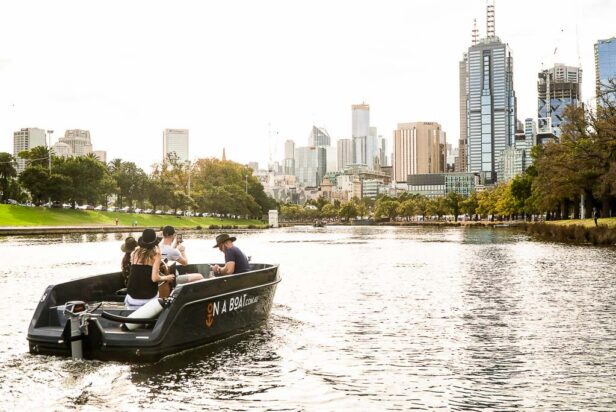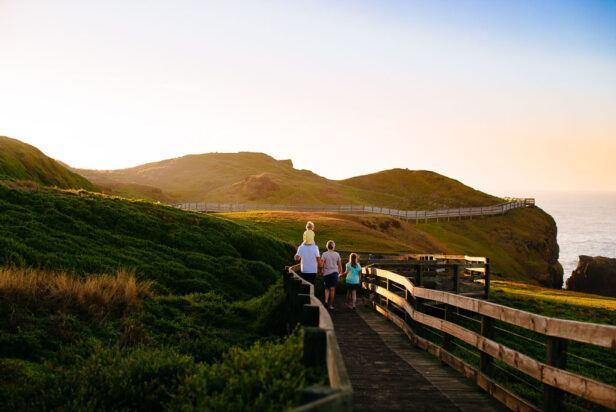Launceston
Launceston
Launceston is the second most populous city in Tasmania and a great destination to base your travels.
It’s home to the James Boag Brewery, the Cataract Gorge and close to the Tamar Valley.
Whenever I visited Launceston as a child, we would always visit the ‘monkey park.’ Launceston’s City Park features an enclosure of Japanese macaques. It’s free to visit and great for kids.
Deloraine
Deloraine
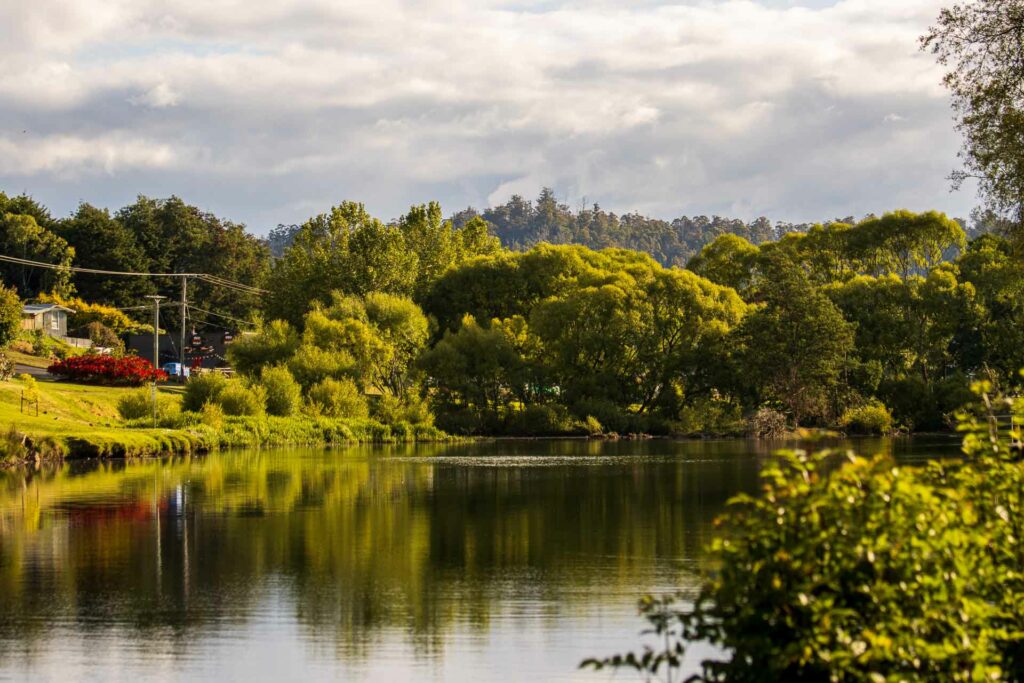
Deloraine sits on the banks of the Meander River and is backdropped by the Great Western Tiers. It’s relatively small town, with a population of 3000, but every year it hosts Tasmania’s largest craft fair and the population swells.
When in Deloraine you need to take the walk along the Meander River; it’s incredibly tranquil. There are often ducks and I have heard reports of platypus too.
Deloraine is just off the Bass Highway, and a great stop about halfway between Devonport and Launceston.
Christmas Hills Raspberry Farm
Christmas Hills Road, Elizabeth Town
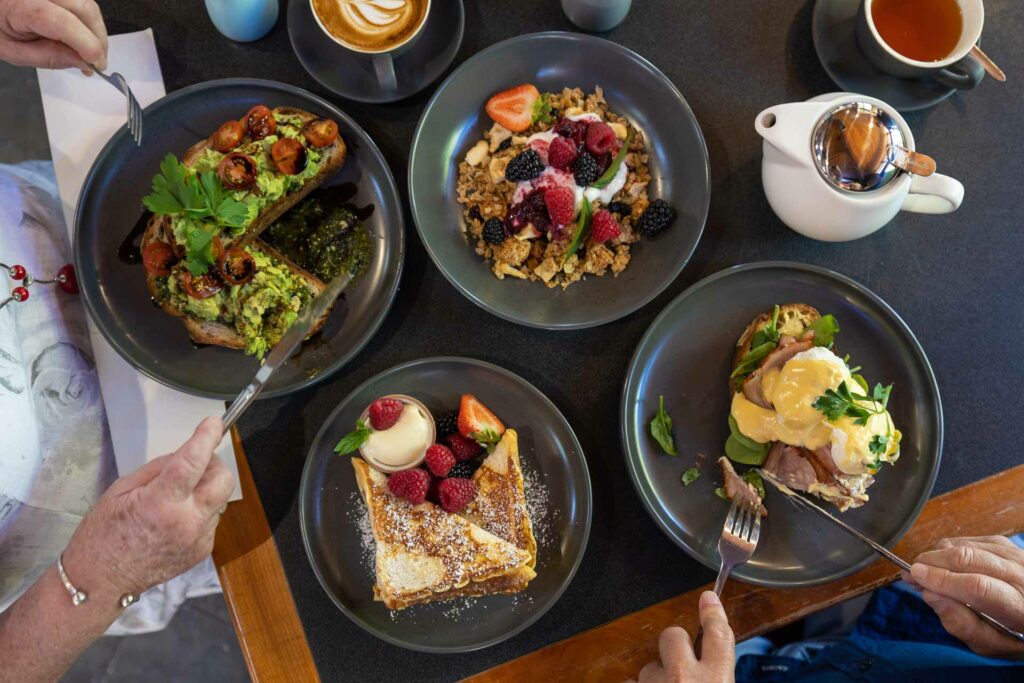
Visit the cafe at Christmas Hills to enjoy all things raspberries. Enjoy lunch, wine, and chocolate-covered raspberries, all in a lovely lake setting. Fresh berries will be available to purchase during the in-season.
Ashgrove
Bass Highway, Elizabeth Town
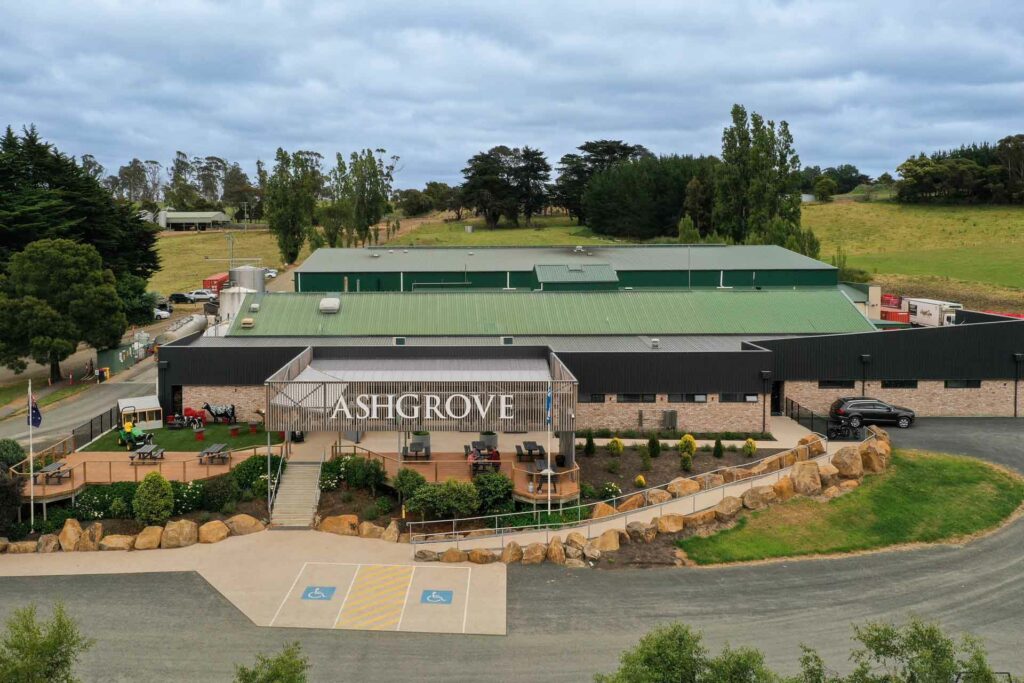
Ashgrove is a family-run farm that has been producing premium cheese and milk since 1993. Drop into their Dairy Door and watch the cheesemakers at work, sample some for yourself and maybe stay for lunch.
There are plenty of options for the dairy lover to discover.
Don River Railway
Forth Rd, Don
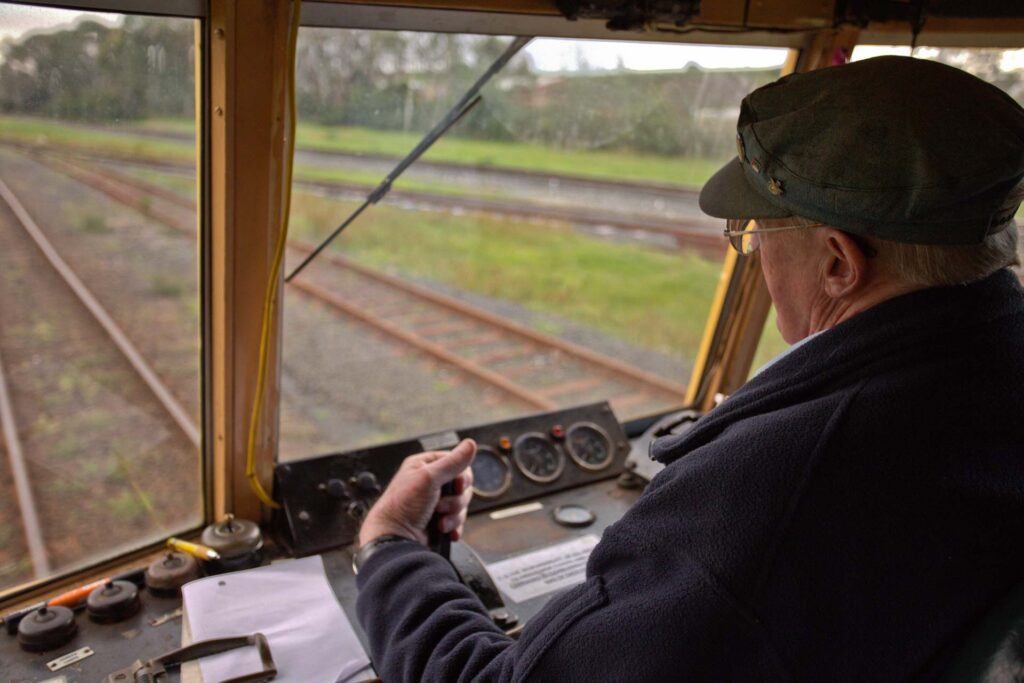
Since 1976 volunteers have operated Don River Railway’s steam engine journeys from Don River to Coles Beach.
The train line was first built circa 1854 and used by the pioneers to move logged timber to the mill.
Now you can enjoy a half-hour return trip that takes you through the bushland and to the junction at Coles Beach. Your journey will finish at the depot, where you can browse the locomotive museum.
Penguin
Penguin
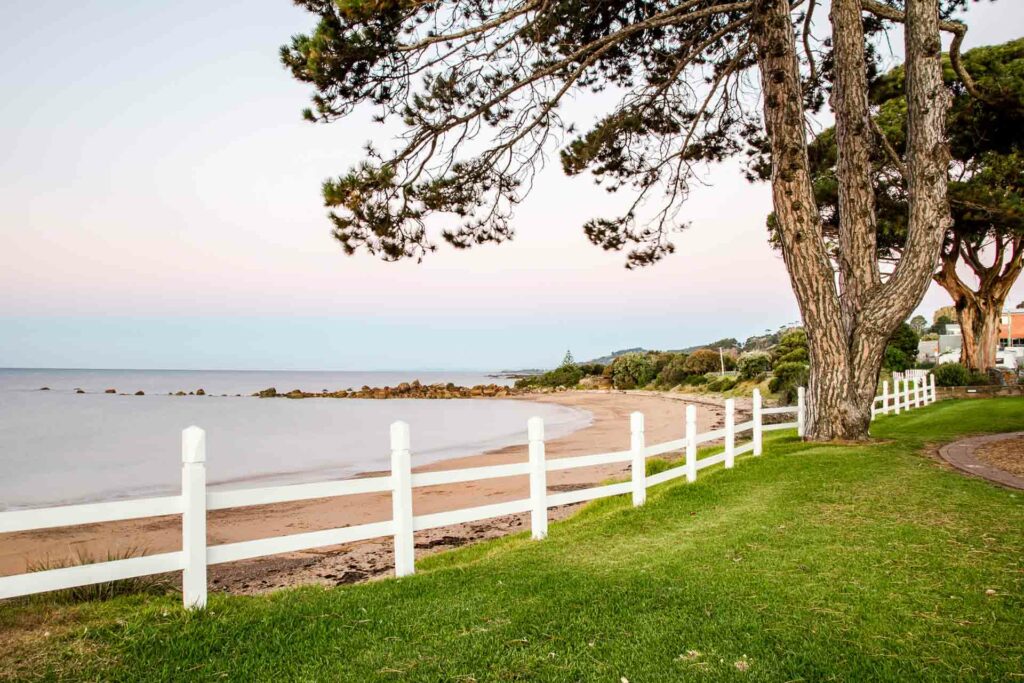
This quirky town was once a timber town named after the little penguin rookeries that dot the coast.
This town is devoted to penguins; there’s a giant penguin statue near the foreshore, and the nearby stores feature penguin logos. The best vantage point is from the south of Penguin Beach or even the next beach; there is no specific observation deck.
The foreshore is great to wander; there are cafes and also the Penguin Beer Co.
Table Cape Tulip Farm
Table Cape Rd, Table Cape
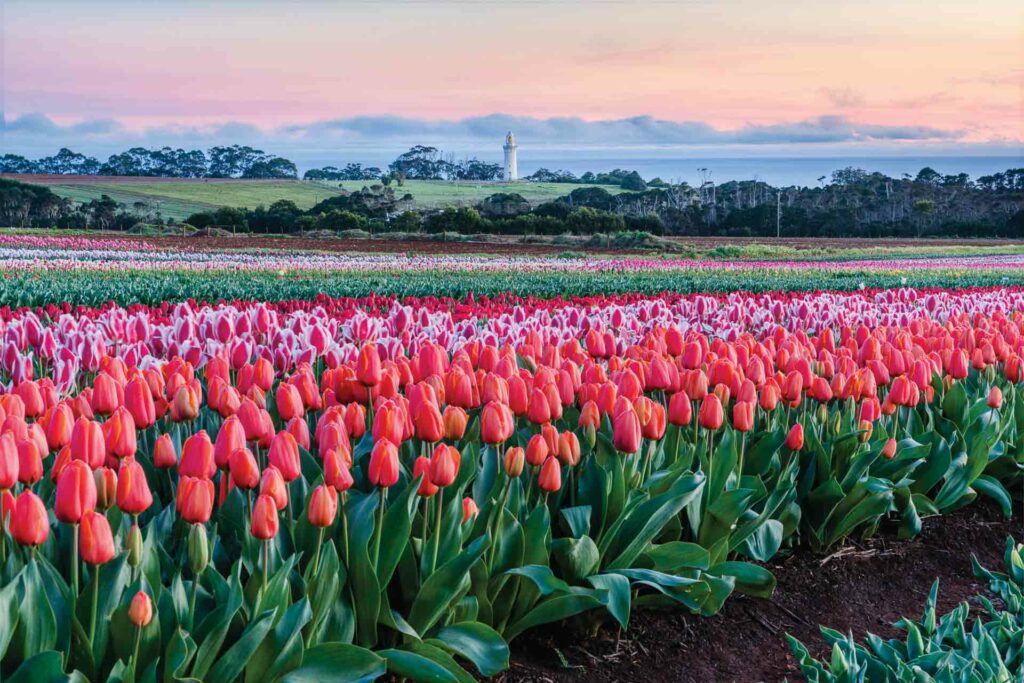
Every Spring the Table Cape Tulip Farm erupts into a chorus of colour. Visitors can wander the colour-choreographed rows and take some great happy snaps. The farm generally opens to the public from mid-September to mid-October.
The Nut
Stanley
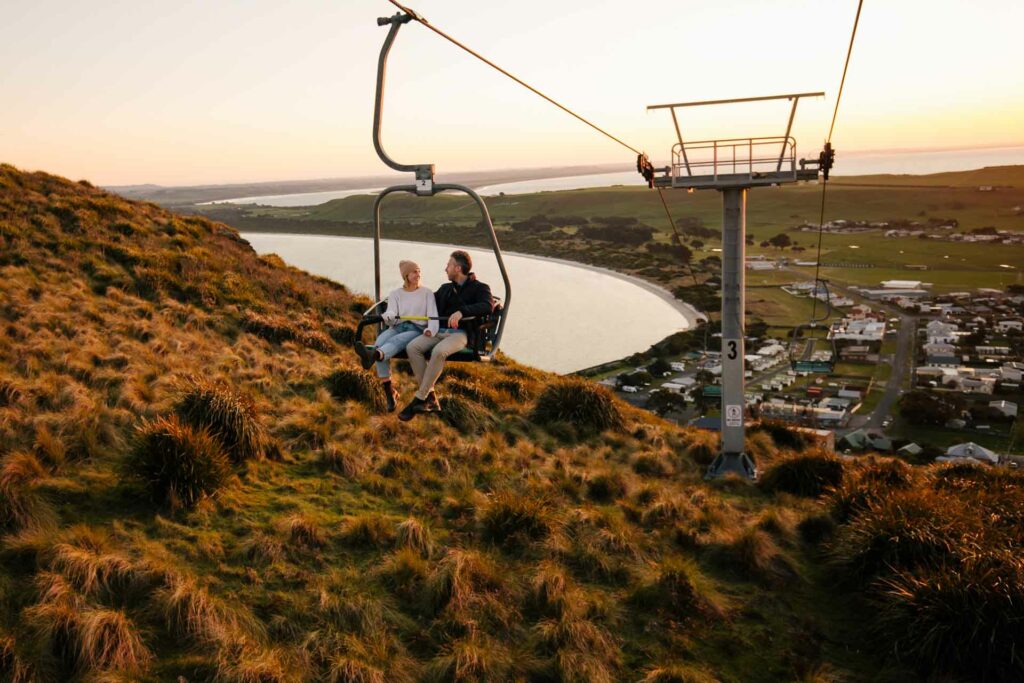
The Nut was a volcano about 25-70 million years ago; now, it’s a tourist destination. Climbing The Nut takes twenty minutes as you ascend 152 metres to the summit.
Alternatively, you can buy a ticket to the chairlift and relax as you float to the top.
Best places to stay in Stanley
Check more Stanley dealsGodfreys Penguin Viewing Platform
11 Harrison Terrace, Stanley
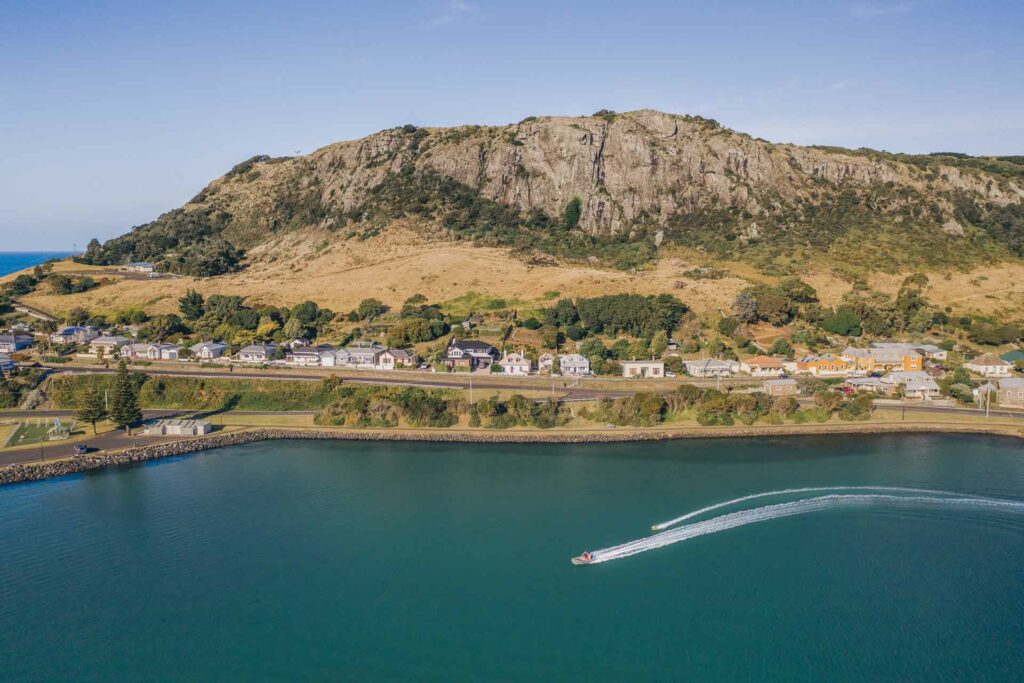
The Godfreys Penguin Viewing Platform is directly next to the Nut. This viewing platform is a $300,000 initiative by the state government to provide a lookout whilst protecting the nesting areas.
Make sure to bring your own torch – just make sure it’s red. You can also view the penguins from the boardwalk next to the cemetery, just down from the viewing platform.
Taylor was born and raised in Tasmania. He moved to Melbourne to study Film & television, and went on to start a marketing agency for hospitality.
He has a love for rock ‘n’ roll bars & New York-style pizza. In 2020 he was amongst the top 1% of Frank Sinatra listeners on Spotify.


